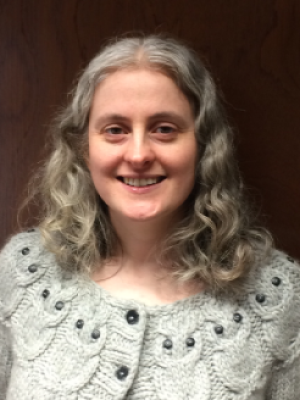Digital Humanities Curriculum Development at CarpentryConnect Manchester
Posted on 10 September 2019
Digital Humanities Curriculum Development at CarpentryConnect Manchester
 Photo by Suzy Hazelwood
Photo by Suzy HazelwoodBy Catherine Smith, Software Sustainability Institute Fellow, University of Birmingham, and Iain Emsley, University of Sussex
On the final day of Carpentry Connect Manchester 2019, we co-led two workshop sessions to bring together some of the conversations already taking place about teaching technical skills relevant to Digital Humanities within the Carpentries framework. We were joined by colleagues from all over the UK and from The Carpentries itself. One of the major challenges is that Digital Humanities is not one field: it is many fields and practices. We wanted to use the workshop as a chance to find out what work was already going on in this area so we could identify shared goals and work together, rather than duplicating effort.
In the first session, we discussed the potential outcomes of the workshop and how much we could achieve. The first session’s main task was to identify a series of personas to describe what might be wanted and needed from courses based on our different perspectives. Working in groups, we derived some user stories and raised questions for each other for after lunch. Using a white board, we created a series of concept groups to identify common strands and themes.
In the post-lunch second session, we discussed what the stories might look like as Data Carpentry sessions. Using the personas, we walked through the stories and discussed them as a group. Taking each group, we discussed how a course might run in terms of content and time to teach it. By repeating this twice, we identified similarities between different strands. One of the outcomes is that the language lesson activities and exercises already in use might be changed to cover a sub-field, going from spreadsheets to XML, allowing the most appropriate lessons to be selected to make a course. One of the important things remaining is to ensure that the journeys fulfill the Data Carpentry requirements and expectations. The stories and learner profiles we established can be found in our collaborative notes from the workshop.
We invite comment on the resulting lesson suggestions.
Overall, there was a sense of excitement in discovering the commonalities between our very differing areas and interests and a feeling that the Carpentries model could be a good vehicle for teaching computing skills to Humanities students. Following on from the workshop several groups are planning to continue discussions and develop some of these strands.

